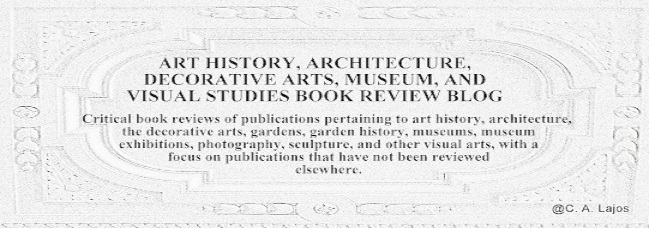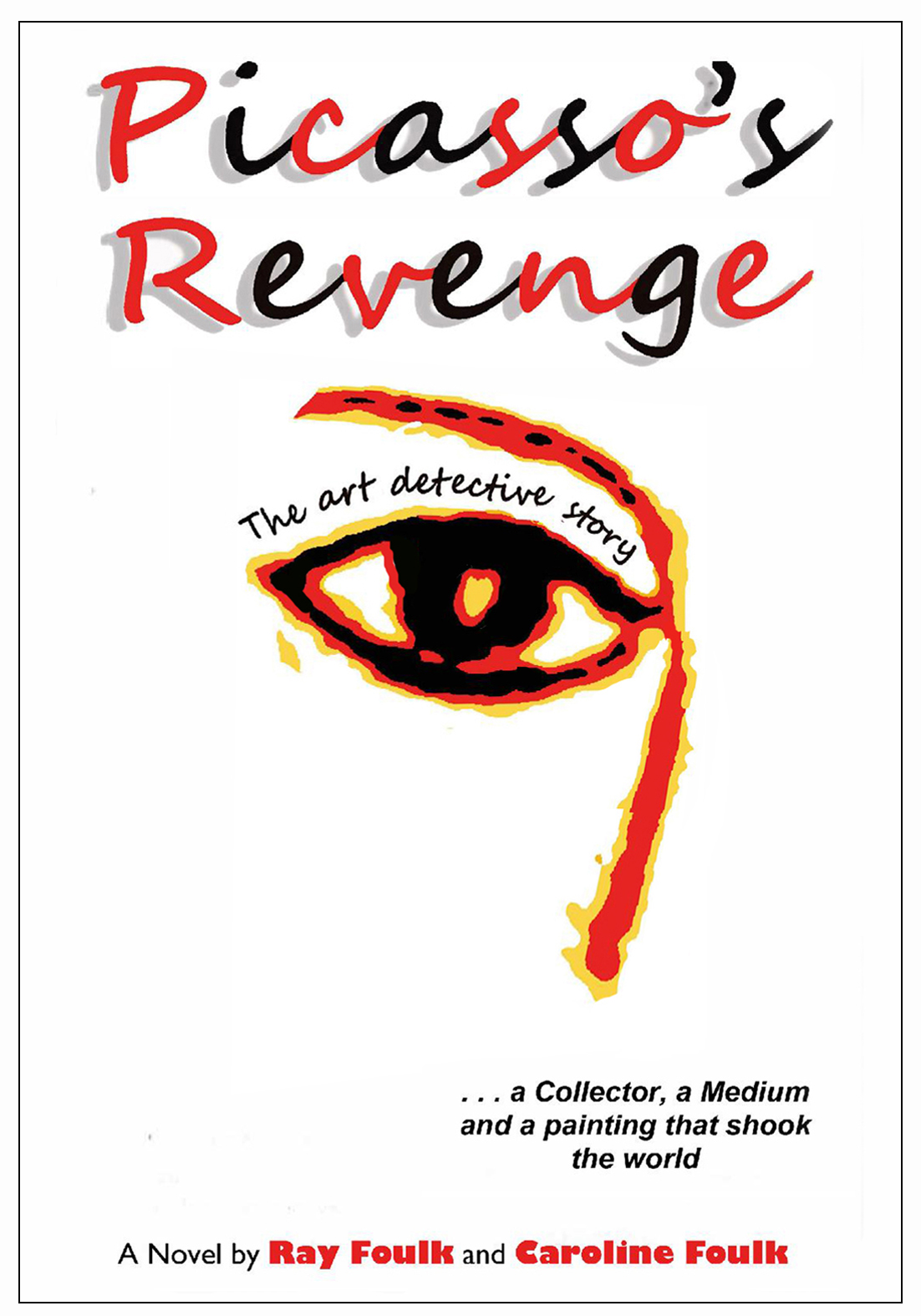Showing posts with label Renaissance art. Show all posts
Showing posts with label Renaissance art. Show all posts
Saturday, September 6, 2014
Coonin, A. Victor and The Florentine Press. From Marble to Flesh. The Biography of Michelangelo's David.
B'gruppo. 2014. c272p. illus. bibliog. index. ISBN 9788897696025 (paper) $25.13. B00LB8AWD0 (kindle ebook). $17.99. 9788897696100 (Nook book). $20.99.
The gigantic marble statue of the biblical King David (c. 1501-1503) by the sculptor, painter, and architect Michelangelo Buonarroti (1475-1564) indisputably is one of the most famous statues in the world. Originally intended to stand atop one of the spurs of the Cathedral of Santa Maria del Fiore in Florence, Italy, for more than three hundred years it stood on a pedestal in Florence’s Piazza della Signoria close to the door of the town hall known as the Palazzo Vecchio, where it became a political symbol of Florence and then of Italy. Now an artistic and popular icon of nearly worldwide import, David is acclaimed as a superlative example of Renaissance art created by one of the most gifted artistic geniuses who ever lived. Inspiring millions of people over the course of its centuries- long existence, Michelangelo’s David also may be one of the most reproduced masterpieces the world has ever seen. In this publication, which was crowd funded and produced by means of the assistance of The Florentine Press, Coonin (James F. Ruffin Professor of Art History at Rhodes College, Memphis, TN; Ph.D, Art History, Rutgers University; the author of dozens of articles, essays, and catalogue entries as well as the editor of two books on Renaissance Art), a distinguished art historian who specializes in Italian Renaissance Art, writes the first ever “biography” of Michelangelo’s masterpiece, while attempting to answer the fundamental questions: What makes David so famous? Why does a 500-year-old statue of a religious figure continue to almost universally resonate with viewers? Examining his subject by means of a humanizing approach that adopts various methodologies and gives the statue and its history many lifelike qualities, the author covers the Origins, Adolescence, Maturity, Midlife Crises, and Golden Years of David. Beginning his story of the colossus long before Michelangelo secured its commission and continuing it into the 21st- century, Coonin recounts how what started simply as a monumental block of marble from a quarry in the mountains near Carrara, Italy, became in Michelangelo’s hands an embodiment of human accomplishment, perfection, magnificence, and beauty. Before and following the death of the artist in 1564, the statue endured a precarious existence on the Piazza della Signoria in Florence until it was moved to Florence’s Accademia Gallery of the Accademia delle Belle Arti during the summer of 1873, at which time it occupied what would become a specially- built space called the Tribune. During the 19th and 20th centuries, David came to be widely copied and reproduced. It appeared as and in various forms and media including casts, statutes, advertisements, body tattoos, and other commodities. Its imagery was appropriated, adapted, and/or modified by various groups, causes, and contemporary artists. Today while Michelangelo’s statue has achieved iconic status, it still remains threatened by environmental, physical, social, and other phenomena. Retelling the complete history of Michelangelo’s David up to present times, Coonin discusses all aspects of David's life and many topics, not limited to the statue’s predecessors, symbolism, and naturalism as well as the cultural, political, and social contexts in which it was viewed. He addresses many subjects about David and Michelangelo that still may be considered controversial such as their sexualities and the statue’s nudity. The author also sets forth a considerable amount of information about David’s restorations and the perils that he continues to face into the future. Scholarly yet very accessible and engaging, this noteworthy, well-presented, cleverly- conceived, first publication of its kind to consider Michelangelo’s masterpiece over the course of many centuries and in terms that humanize the statue and consider it as a living art object will be of significant interest to art lovers, students, scholars, and others. It is very highly recommended for many academic, special, and public libraries. Review copy. Availability: Amazon.com, Barnes & Noble.com, The Florentine Press
Saturday, January 16, 2010
Brilliant, Virginia. Gothic Art in the Gilded Age: Medieval and Renaissance Treasures in the Gavet-Vanderbilt-Ringling Collection.

With contributions by Paul F. Miller & others. The John and Mable Ringling Museum of Art in collaboration with The Preservation Society of Newport County, dist. by Gutenberg Periscope Publishing, Ltd.. 2009. c.232p. illus. bibliog. index. ISBN 978-0-916758561. $55.00.
Accompanying a museum exhibition by the same name, being held at The John and Mable Ringling Museum of Art (16th December 2009- 4th April 2010) and The Preservation Society of Newport County (8th May 2010- 31st October 2010), this lavishly-illustrated (over 150 reproductions mostly in color) publication examines the collection of fine and decorative arts objects forming the core of The John and Mable Ringling Museum of Art’s Medieval and early Renaissance holdings. Comprising around 350 paintings, sculptures, and works of the decorative arts, including metalworks, wax miniatures, furniture, ceramics, timepieces, painted glass, and cameos, made in Europe chiefly between the twelfth and sixteenth centuries, the Gavet-Vanderbilt-Ringling collection originally belonged to Émile Gavet (1830-1904), a Parisian architect-decorator, art collector, and art dealer, who sold 340 pieces in his private museum, near the Cathedral of Notre-Dame in Paris, France to Mrs. William K. Vanderbilt (born Alva Erskine Smith, 1853-1933) during 1889 when she journeyed to Paris to purchase furnishings for her summer residence, Marble House, in Newport, RI.. Mrs. Vanderbilt would display the collection in the reception room-library of Marble House, the “Gothic Room,” which became acclaimed nationally and internationally. By 1926, living abroad, having divorced and then remarried, Mrs. Vanderbilt Belmont consigned her collection to the art dealer Joseph Duveen, who sold it in 1927 to John Ringling (1866-1936), one of the world’s richest men. Purchasing the collection for the bargain price of $125,000 (equivalent to about $1.5 million today) (p. 39), Ringling may have been seeking to enrich his winter residence in Sarasota FL as well as expand the Old Master holdings that would comprise his newly formed museum there (p. 45). Featuring an introduction by Virginia Brilliant (Associate Curator, European Art, The John and Mable Ringling Museum of Art, Sarasota, FL; Ph.D, Courtauld Institute of Art, University of London, UK) and three essays on the Gavet-Vanderbilt-Ringling collection and its owners, written respectively by Alan Chong (Curator of the Collection, Isabella Stewart Gardner Museum, Boston, MA; Ph.D), Paul F. Miller (Curator, The Preservation Society of Newport County, RI; B.A., M.A.), and Brilliant, this book also contains a fourth contribution by Flaminia Gennari-Santori (Curator, Vizcaya Museum and Gardens, Miami, FL; Ph.D) and Charlotte Vignon (Associate Curator, Decorative Arts, The Frick Collection, New York, NY; Ph.D), who discuss the practices of collecting Medieval art in America from 1890 to 1940. Additional topics covered in this publication’s essays include, but are not limited to, renown art collectors, their tastes, the aims and objectives of the art dealers and collectors, the arrangement of objects in the private and public collections, the history of Medieval and Renaissance art in American during the Gilded Age, and significant collections of Medieval and Renaissance Art in Europe and America. While the first part of this catalog consists of the aforementioned scholarly essays focusing on the history of the Gavet-Vanderbilt-Ringling collection and its display, the second section showcases the objects that constitute the collection, many of which were previously lost and never published. Signed catalog entries by the previously mentioned and other esteemed contributors examine the objects in considerable detail. They include analyses, color reproductions, and bibliographies. A back-of-the-book bibliography and authors’ biographies conclude this meticulously-researched, beautifully-presented, and noteworthy publication by an international team of experts. Of interest to museum visitors, graduate students, scholars, museum professionals, and others, this first comprehensive study of the Gavet-Vanderbilt-Ringling collection and its display is very highly recommended for large public libraries as well as for academic and special libraries. Review copy. Availability: Amazon.com, The John and Mable Ringling Museum of Art Museum Store.
Subscribe to:
Posts (Atom)














